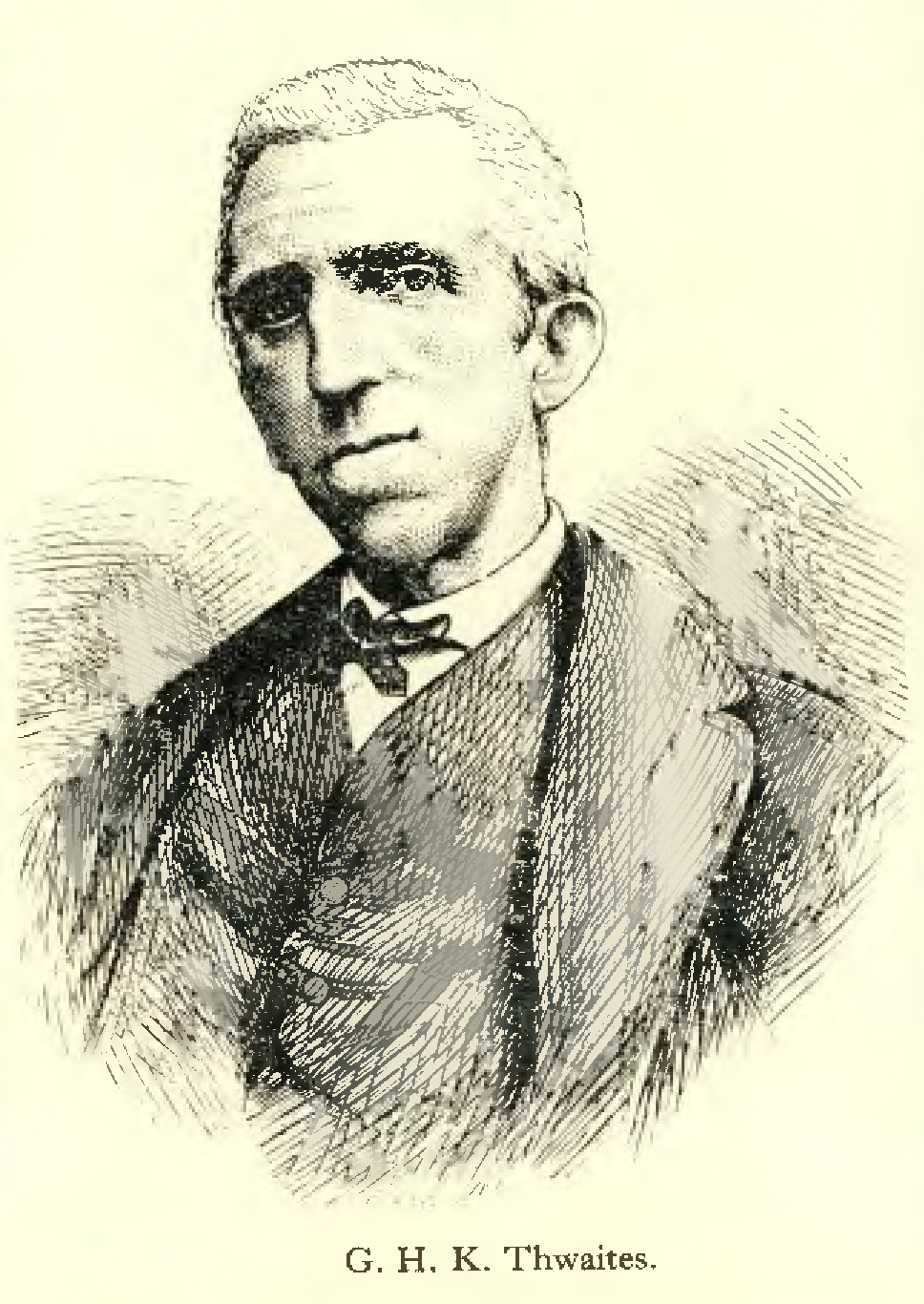
Please Share your Email if you Wish to Receive the Golden Tips & Tales Newsletter from History of Ceylon Tea Website

George Henry Kendrick Thwaites: Pioneer Botanist and Visionary in Ceylon
George Henry Kendrick Thwaites, an esteemed botanist and administrator, made significant contributions to the scientific understanding and agricultural development of Ceylon (modern-day Sri Lanka) during the 19th century. His work in botany, particularly through the Royal Botanic Gardens in Peradeniya, left an enduring legacy that continues to influence the fields of botany and agriculture in Sri Lanka.
Early Life and Career
Born on July 9, 1811, in Bristol, England, George Thwaites developed an early interest in natural sciences. He initially trained as an engineer and had a passion for microscopy, which led him to study algae and diatoms. His growing reputation as a botanist earned him a fellowship at the Linnean Society of London in 1843.
Director of the Royal Botanic Gardens, Peradeniya
In 1849, Thwaites was appointed as the superintendent of the Royal Botanic Gardens in Peradeniya, Ceylon, succeeding George Gardner. This role allowed him to expand his botanical research and contribute significantly to the scientific community's understanding of Ceylon’s rich flora. Under his leadership, the gardens flourished as a center for botanical research and horticultural experimentation.
Thwaites was deeply committed to the systematic study and cataloging of Ceylon’s plant species. He conducted extensive fieldwork, collecting and identifying numerous plant specimens, many of which were previously unknown to science. His meticulous work led to the publication of "Enumeratio Plantarum Zeylaniae," a comprehensive catalog of Ceylon’s plant species, which remains a valuable resource for botanists.
Contributions to Agricultural Development
Beyond his botanical research, Thwaites played a crucial role in the development of Ceylon’s agriculture. He recognized the potential of the island’s diverse climate and soils for cultivating a variety of crops. His experiments and introductions of new plant species helped diversify and improve the agricultural practices in Ceylon.
One of Thwaites’ notable contributions was the introduction and promotion of the Cinchona tree, the source of quinine, which was vital for treating malaria. This introduction had significant public health benefits and economic implications for Ceylon. Thwaites also experimented with other economically valuable plants, including rubber and tea, laying the groundwork for Ceylon’s future as a major tea producer.
Legacy and Impact
Thwaites' tenure at the Royal Botanic Gardens lasted until 1880, during which he transformed the gardens into a premier institution for botanical research and education. His efforts to document and preserve Ceylon’s plant biodiversity were instrumental in advancing scientific knowledge and conservation efforts.
In recognition of his contributions, several plant species were named in his honor, including *Thwaitesia* and *Thwaitesia argenteoguttata*. His legacy is also reflected in the continued importance of the Royal Botanic Gardens, Peradeniya, as a center for botanical research and education.
Thwaites' impact extended beyond botany and agriculture. His work fostered a greater appreciation for Ceylon’s natural heritage and inspired future generations of scientists and naturalists. His dedication to scientific inquiry and practical applications of botanical knowledge exemplified the role of a botanist as both a researcher and a contributor to societal well-being.
Conclusion
George Henry Kendrick Thwaites' pioneering work in botany and agriculture had a profound and lasting impact on Ceylon. His contributions to the scientific understanding of the island’s flora and his efforts to enhance agricultural practices helped shape the future of botanical research and economic development in Sri Lanka. Thwaites' legacy as a visionary botanist and dedicated administrator continues to be celebrated and remembered for its enduring influence on the fields of botany and agriculture.
Comments
(In keeping with the objectives of this website, all COMMENTS must be made in the spirit of contributing to the history of this estate, planter or person i.e. names, dates & anecdotes. Critical evaluations or adverse comments of any sort are not acceptable and will be deleted without notice – read full Comments Policy here)